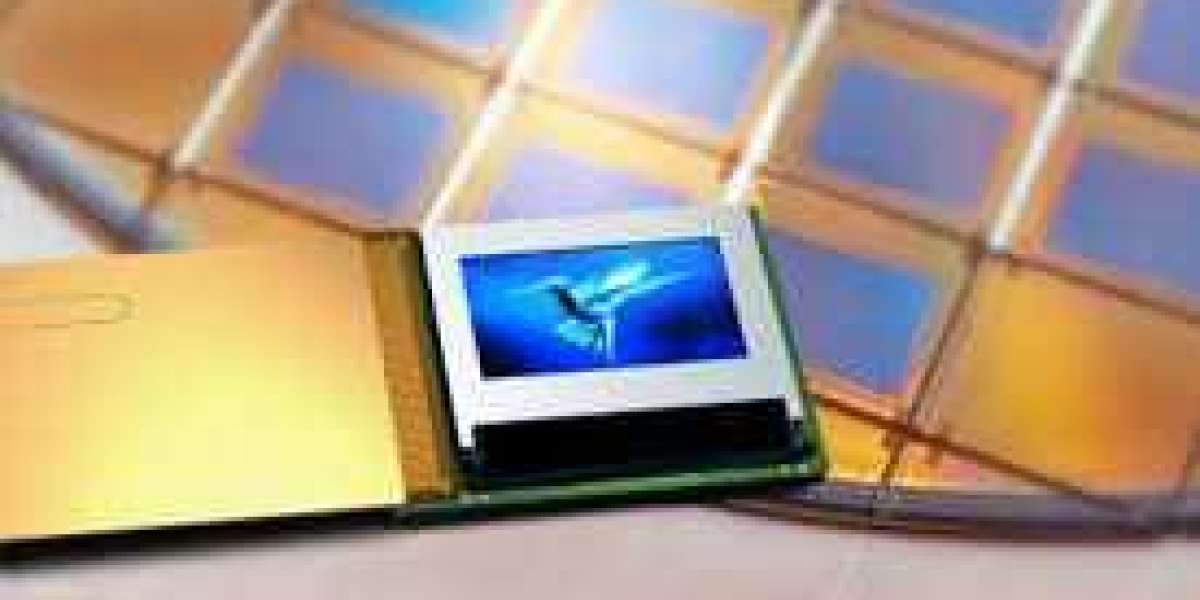Many people today face problems with small, blurry, or low-quality screens in their VR headsets, smart glasses, or compact electronic devices. Poor display quality not only reduces the user experience but also causes eye fatigue, headaches, and even motion sickness during extended use. This is where the micro display comes into play.
In this article, we’ll explore what a micro display is, the problems it solves, its benefits, and why it’s becoming the go-to technology for AR/VR, optics, and next-gen devices.
What is a Micro Display?
A micro display is a small-sized high-resolution screen, typically built with OLED or LCD technology, designed to deliver crystal-clear visuals in compact devices. Unlike standard panels, micro displays are engineered to pack high pixel density into a very small form factor, ensuring that images remain sharp and detailed even at close viewing distances.
Common Problems Solved by Micro Displays
1. Eye Fatigue and Discomfort
Traditional small displays often emit excessive glare or lack contrast, which strains the eyes. Micro displays, however, provide high contrast ratios and reduced flicker, making viewing more comfortable for long sessions.
2. Pixelated and Blurry Visuals
Low-resolution screens can cause pixelation, especially when viewed up close in VR headsets. Micro displays overcome this by offering extremely high pixel density, giving users lifelike clarity and smooth images.
3. Poor Brightness in Outdoor Environments
Most compact screens are difficult to see under direct sunlight. Micro displays are designed to deliver higher brightness and excellent sunlight readability, ensuring consistent performance indoors and outdoors.
4. Bulky and Inefficient Design
Older display technologies are often too thick or heavy for lightweight wearables. Micro displays are compact, lightweight, and energy-efficient, making them perfect for portable and head-mounted devices.
Benefits of Using Micro Displays
High Resolution: Sharp, detailed visuals even in tiny sizes.
Energy Efficiency: Lower power consumption for longer battery life.
Lightweight Design: Perfect for wearables and portable devices.
Improved Comfort: Reduced eye strain during prolonged usage.
Versatile Applications: Suitable for AR, VR, optics, and more.
Where Are Micro Displays Used?
Virtual Reality (VR) Headsets – Immersive gaming and simulations.
Augmented Reality (AR) Glasses – Enhanced real-world overlays.
Military and Defense Optics – Clear vision for mission-critical operations.
Medical Imaging Devices – Accurate visuals for diagnostics and surgeries.
Industrial Applications – Used in microscopes, sensors, and specialized tools.
Why Micro Display is the Future
As technology shifts towards more compact and wearable devices, demand for high-resolution, power-efficient displays is growing rapidly. Micro displays provide a solution to user pain points like eye strain, pixelation, and poor brightness, making them essential for the future of optics and digital experiences.
For manufacturers and users alike, adopting micro display technology ensures better performance, comfort, and reliability in modern devices.
Conclusion
The micro display is not just a small screen—it’s a powerful solution to common display problems such as eye strain, pixelation, and low brightness. With unmatched clarity, energy efficiency, and comfort, micro displays are driving innovation across VR, AR, medical, and industrial applications. For anyone looking to improve device performance and user satisfaction, micro displays are the technology to watch.



